Description
There is no exact definition of the term “modern wall art”.

It remains a flexible term that can contain many meanings.
This should not surprise you since we are constantly moving forward in time.

And what is considered “modern wall art” or “modern wall painting” today may not be perceived as modern in five years to come.
However, “Modern Wall Art” is traditionally considered to mean works created from around a century ago to recent times.

This “Modern Age” followed a long period of dominance of Renaissance-inspired academic art. And was promoted by the network of European Academies of Fine Arts.
It is followed by Postmodern Art (1970 onwards). This chronology is consistent with the opinion of many art historians and institutions, but not all.
By the way, when trying to understand the history of art, you must recognize that art does not change overnight.

But rather reflects the wider (and slower) changes taking place in society. It also reflects the worldview of the artist.
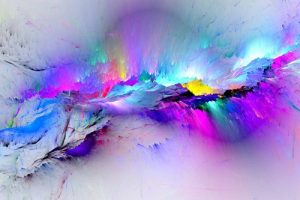
So, for example, a work of art created as early as 1958 can be definitely “postmodern”. But that is if the artist has a very avant-garde worldview.
While another work created by a conservative artist in 2022 can be seen as a throwback to “Modern Art” rather than an example of “Modern Art”.
It’s probably true to say that several different art movements – i.e. several sets of aesthetics, some hypermodern, some old-fashioned – can coexist at any time.
In addition, it is worth remembering that many of these terms (for example, “Contemporary Wall Art”) are coined only after the event, in terms of retrospectives.
Photo murals
One of the most influential media to come to prominence in “Modern Wall Art”, or murals is photography.
In particular, four genres of photo murals were created. These include Portrait photography.

A genre that has largely replaced painted portraits; Pictorialism (1885-1915).
It is a type of photographic art in which the photographer manipulates ordinary photography to create an “artistic” image.
The other one is Fashion photography (1880 – present). A type of photography dedicated to the promotion of clothing, shoes, perfumes, and other branded goods.

And the third one is Documentary photography (1860–present).
Which is a type of crisp camera work that captures a moment of reality to convey a message about what is happening in the world.
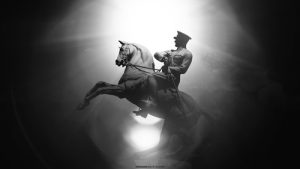
The other is street photography (1900 – present), the art of capturing the random interactions of human activity in urban areas. And this is practiced by many of the world’s greatest photographers.
These genres have contributed greatly to 20th-century contemporary art.
The most important areas of modern wall art
The most influential currents of “modern art” are (1) Impressionism;
(2) Fauvism;

(3) Cubism;
(4) Futurism;
(5) Expressionism;
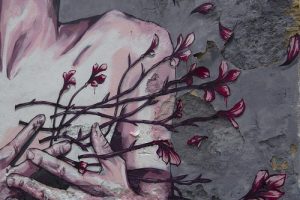
(7) Surrealism;
and (9) Pop art.
Art in personal space is a global trend. More and more people are thinking about how to give the interior originality, to reflect their interests and passions.

The process of selecting artwork for a personal interior is exciting and absorbing. And not fast.
This is both self-education and a psychological session during which you get to know yourself better.
When there are works of art in the space, it is more interesting to live in it. I have been in the apartments of art collectors, and these lively interiors make a big impression.
I hope you understand that Wallpaper Kenya is less of an arts academy and more of Wall Art Suppliers.
We are more interested in what catches you than in the history of Art. We, therefore, make little or no distinction between contemporary and modern wall art.

Mixing styles
We live in an eclectic world. This is reflected in the interiors as well. It is becoming increasingly rare to find a “clean” interior designed in a single style.
More and more often our contemporaries prefer a mix of several stylistic trends.

Let’s dispel another stereotype. It is believed that modern art objects do not look good in a classic setting. But that is not. Everything depends not on the ratio of styles but on the ratio of talents.
A work of art, under which the furniture is selected, helps to give the interior an individual character.
 ith a circulation of several thousand copies stands against the background of a painting or photograph, the interior will not look like a template, because the art object is primary.
ith a circulation of several thousand copies stands against the background of a painting or photograph, the interior will not look like a template, because the art object is primary.
But if you still want to create a mono-style interior, then you need to follow a few rules.
For example, if this is a classical style in architecture, then the works will be appropriate: classical landscapes, portraits, and the like.
For the Art Deco style – works in the Art Nouveau style, if this is an interior of the 50s, then works in the style of Piet Mondrian will look good.
If we are talking about a modern interior, which is characterized by minimalism, simplified geometric shapes, the absence of a large amount of décor, and various small embellishments, then the most common solutions are abstract painting, designer posters, and photographs.
Impressionism
The heyday of impressionism in modern wall art covers only a few decades. But during this time the current has tightly entered all spheres of society.

Impressionism is not just a style, it is a special philosophy. Today it is more popular than ever. Impressionism has found application in various areas of modern art.
What features are characteristic of this trend? What meaning does it carry, and for what projects is it appropriate for modern impressionism?
And what is the reason for such an interest in designers, artists, and ordinary people?
This direction of wall painting comes from France. The very name of the term in translation from French means ” impression”.
Representatives of this trend reflected the changing real world, adding a little subjective coloring.
Impressionism acts as an antipode to classicism and realism.

Let us use the landscape paintings of Claude Monet (1840-1926) as an example. Impressionism focuses on the almost impossible task of capturing fleeting moments of light and color.

Non-naturalistic color schemes and loose – often highly textured – brushwork are introduced. Close-ups of many Impressionist wall paintings are unrecognizable.
And are extremely unpopular with the general public and artists. Although highly regarded by other contemporary artists, dealers, and collectors.
It eventually became the most famous painting movement in the world. See Characteristics of Impressionist Painting (1870-1910). Impressionism’s main contribution to “modern art” was to legitimize the use of non-naturalistic colors. This paved the way for the wholly non-naturalistic abstract art of the 20th century.
Fauvism
Short-lived, dramatic, and highly influential, led by Henri Matisse (1869-1954), Fauvism was the “fashionable” style in the mid-1900s in Paris.
The new style was presented at the Salon d’Automne and instantly became famous for its brigh, flashy, non-naturalistic colors that made Impressionism seem almost monochrome! The key forerunner of Expressionism.
See History of Expressionist Painting (1880-1930). Fauvism’s main contribution to “modern art” was to demonstrate the independent power of color. This highly subjective approach to art contrasted with the classic content-oriented worldview of the academies.
Modern 3D wall art
If you are tired of plain white walls, you can transform any of the rooms with the help of modern 3D wall art.
It amazes me with an abundance of drawings and styles from modest and restrained to incredibly bright and cosmic.
If you are decorating the children’s room pay attention to 3d wallpaper murals. Not all walls need to be calm and monotonous.
And it is enough that you decorate one of them with a bright image that the baby likes.
This will not only transform the room but will give it that very atmosphere of magic and miracles that children love so much.
Maybe the living room is the place where you spend most of your time, relaxing in front of the TV, or gathering with friends.
Here, the choice of volumetric wallpaper should be approached very carefully. It all depends on your tastes.
But it is also worth considering the factor that in most cases very bright, catchy, and lurid wallpapers will look comical and simply crush.
Therefore, it is enough to choose a calm color palette that will emphasize the refined taste, and not turn the room into bad taste.
A bedroom is a place where you relax not only with your body but also with your soul.
Accordingly, the 3D modern wall art should be chosen so that not only the eye but also the heart rejoices.
Everything from banal classics and romance to the most daring, and sometimes even aggressive decisions, will be appropriate in this room.
Flowers, geometric shapes, waterfalls, landscapes, black and white urban motifs, animal prints – all this and much more in a huge assortment.
Abstract modern wall art
Abstraction is one of the most modern and popular genres of wall painting.
You can even call it a kind of philosophical discovery of abstraction, figurative discovery, and painting.
Maybe this is how a new idea is born in art, in creativity itself. Wallpaper mural abstractions are of great interest.
The direction of non-figurative art abandoned the representation of forms close to reality in painting and sculpture.
A symbol of modernism, abstract art emerged in the 1910s, establishing a new tradition unrelated to the image.
From the very beginning, modern abstract art developed in two directions. The first direction is a geometric abstraction. It is characterized by regular, clearly defined configurations.
The second direction is a lyrical abstraction. Artists working in this direction prefer a free-flowing form filled with shimmering, pulsating colors.
Abstract artists specially perceive the world, they do not copy it but enter into a dialogue with it. Abstractionism seeks to show the spiritual reality that lies beyond the sensory perception of the world. And this prompts the wall artist to intense philosophical and aesthetic searches.
A broad style of abstract painting developed in New York just after World War II, which is why it is also called the New York School. Led by American artists heavily influenced by European expatriates, it consisted of two main styles: the highly animated form of gesture painting popularized by Jackson Pollock (1912-56).
And the much more passive, mood-oriented style known as Color Painting, championed by Mark Rothko (1903-70). Abstract Expressionism’s main contribution to “modern art” was the popularization of abstraction.
Futurism modern wall art

Futurism is practiced in all mediums of art, including wall painting, sculpture, ceramics, graphic design, interior design, etc. And to some extent, Futurism influenced the art movements of Art Deco, Constructivism, Surrealism, and, to a greater extent, Precisionism.
Although influential, It borrows heavily from Neo-Impressionism and Italian Divisionism. As well as Cubism, especially its fragmented forms and multiple points of view.
Futurism’s main contribution to “modern art” was to bring movement to the canvas and link beauty to scientific progress.
Expressionism
Although expressionism was anticipated by artists such as J. M. W. Turner (Interior at Petworth, 1837), Van Gogh (Wheatfield with Crows, 1890), and Paul Gauguin (Anna Yavansky, 1893), expressionism was celebrated by two groups in pre-war Germany: Die Brucke (Dresden/Berlin) and Der Blaue Reiter (Munich), led by Ernst Ludwig Kirchner (1880-1938) and Wassily Kandinsky (1866-1944) respectively. In sculpture, the forms of the Duisburg-born artist Wilhelm Lömbrück (1881-1919) were (and still are) sublime. Expressionism’s main contribution to “modern art” was to popularize the idea of subjectivity in painting and sculpture and to show that fine art could legitimately include subjective distortions.
Dadaism
The first anti-art movement, Dadaism, was a revolt against the system that allowed the carnage of the First World War (1914-18). This quickly turned into an anarchist trend that aimed to undermine the artistic establishment. Established in neutral Switzerland in 1916, its leaders were in their early twenties and most of them “refused” to avoid being drafted into the army in such neutral cities as New York, Zurich, and Barcelona. The founders were the sculptor Jean Arp (1887-1966) and the Romanian poet and demonic activist Tristan Tzara (1896-1963). Dada’s main contribution was to shake up the art world and expand the concept of “contemporary art” to encompass entirely new types of art (performance and ready-made) as well as new materials (junk art) and themes. His rebellious sense of humor survived in the Surrealist movement.
Surreal modern wall art
Founded in Paris by the writer André Breton (1896-1966), Surrealism was the “fashionable” art movement of the interwar years, although the style is still visible today. Composed of abstract and figurative wings, it developed out of the nihilistic Dada movement, most of whose members turned into Surrealists, but unlike Dada, it was neither anti-artificial nor political. Surrealist artists used a variety of techniques, including dreams, hallucinations, and automatic or random image generation, to bypass rational thought processes when creating artwork. (See Automatism in Art for more.) Surrealism’s main contribution to “modern art” was to create a refreshingly new set of images. It is doubtful whether these images were unambiguously irrational.
Modern Pop Wall Art
If you are in love with pop music, let it show with modern pop wall art. Give a ‘pop art’ touch to your wall decoration. This retro, colorful, and fun aesthetic is suitable for the most daring, although a touch of pop at home always brings out the brightest side.
Striking prints, vibrant colors, and retro furniture are the keys to bringing the touch we are looking for to the rooms. Striking prints, vibrant colors, and retro furniture are the keys to bringing the touch you are looking for to the rooms.
The walls are the protagonists of this style, there is a lot of pop art and it must be hung on your walls. Who wouldn’t like to have their music star painting in their house? Or well, similar in style. ‘Pop wall art’ is a very combinable style that brings a lot of personality and style to the house.
An art style whose imagery reflected popular culture and mass consumption in 1960s America. First appearing in New York and London in the late 1950s, it became the dominant avant-garde style until the late 1960s.
Using bold, easily recognizable images and vibrant block colors, pop artists such as Andy Warhol (1928-87) created iconography based on photographs of popular celebrities such as movie stars. Also in this genre are advertisements, posters, consumer product packaging, and comic – material.
All these helped bridge the gap between commercial art and fine art. Abstract Expressionism’s main contribution to “modern art” was to show that good art can be low-end and can be made from anything.




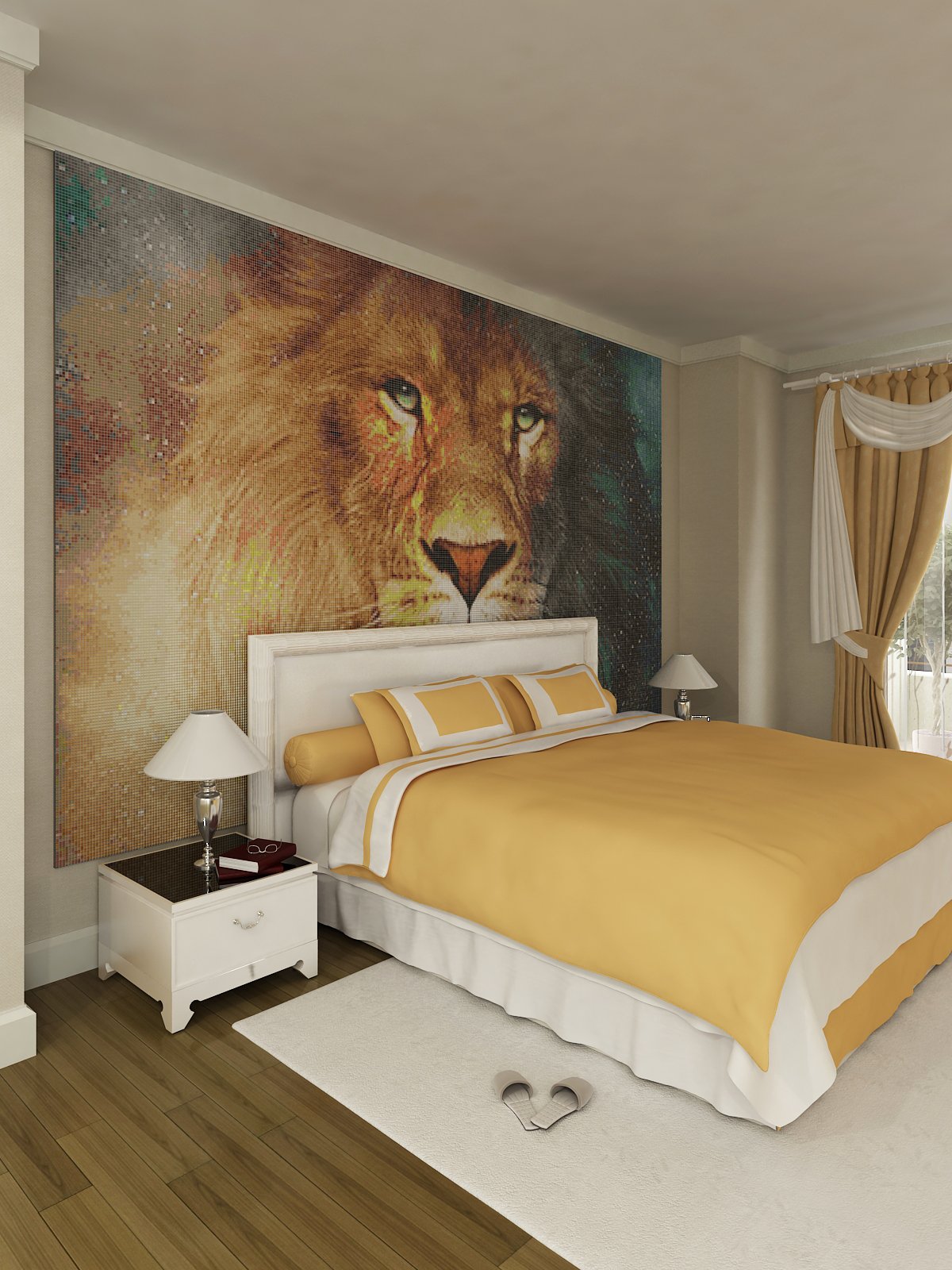
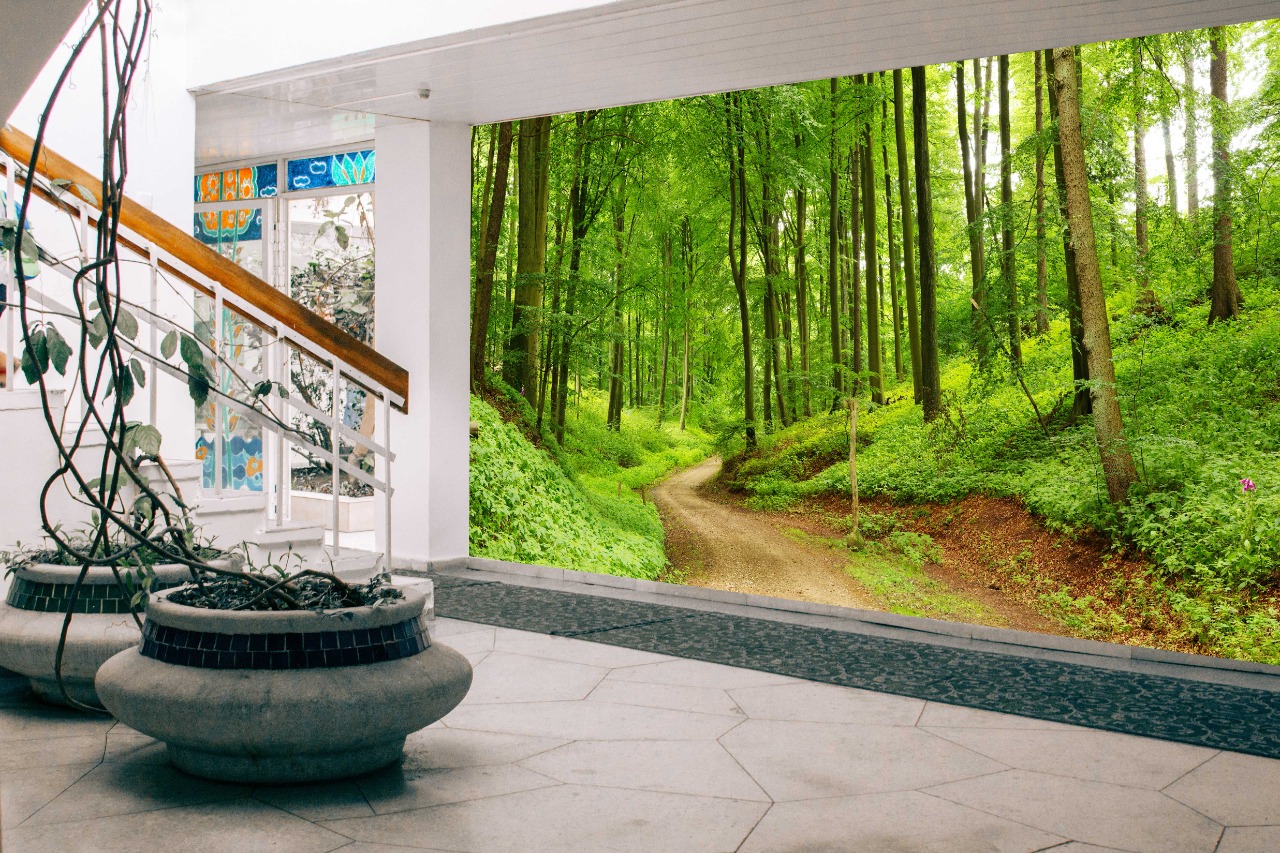
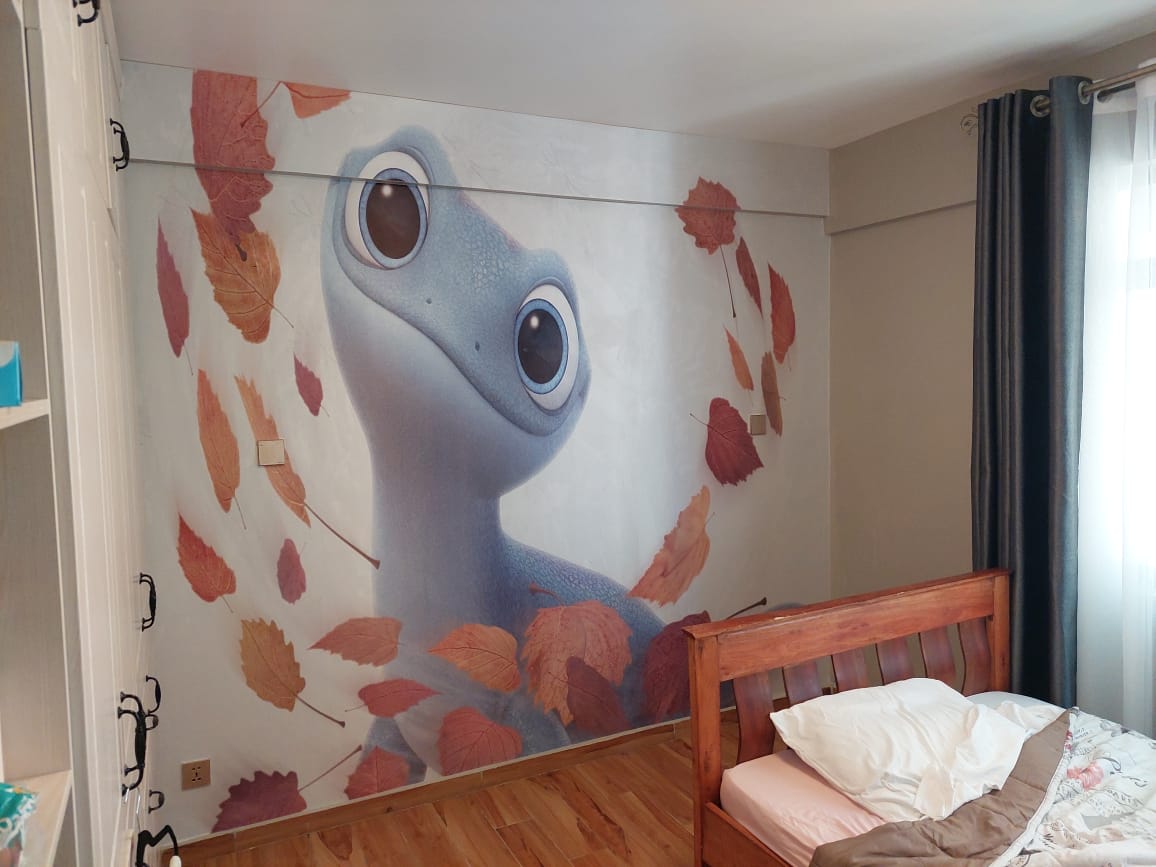
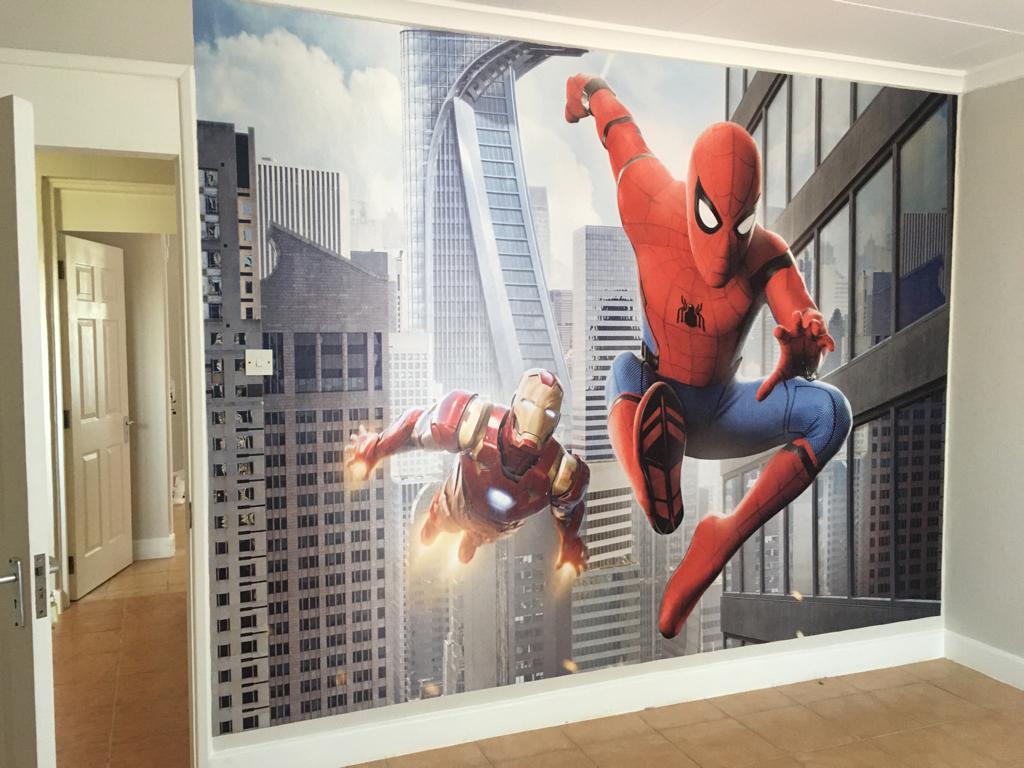
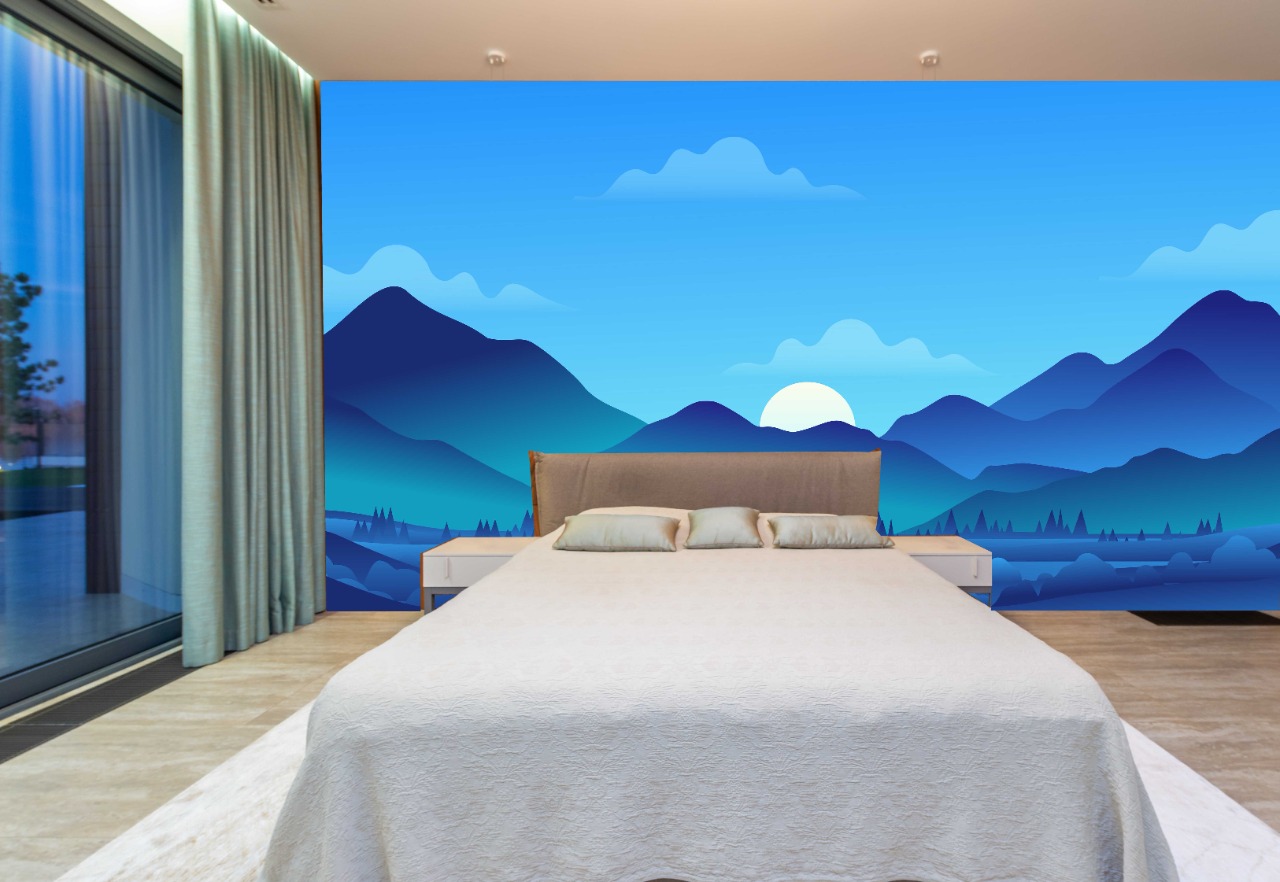
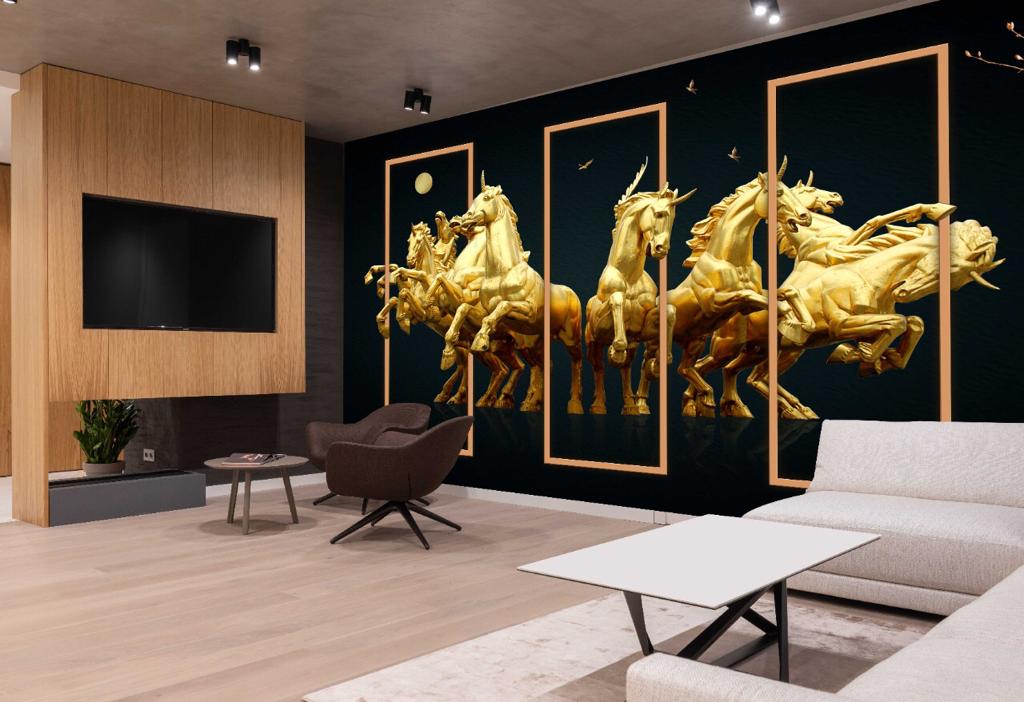
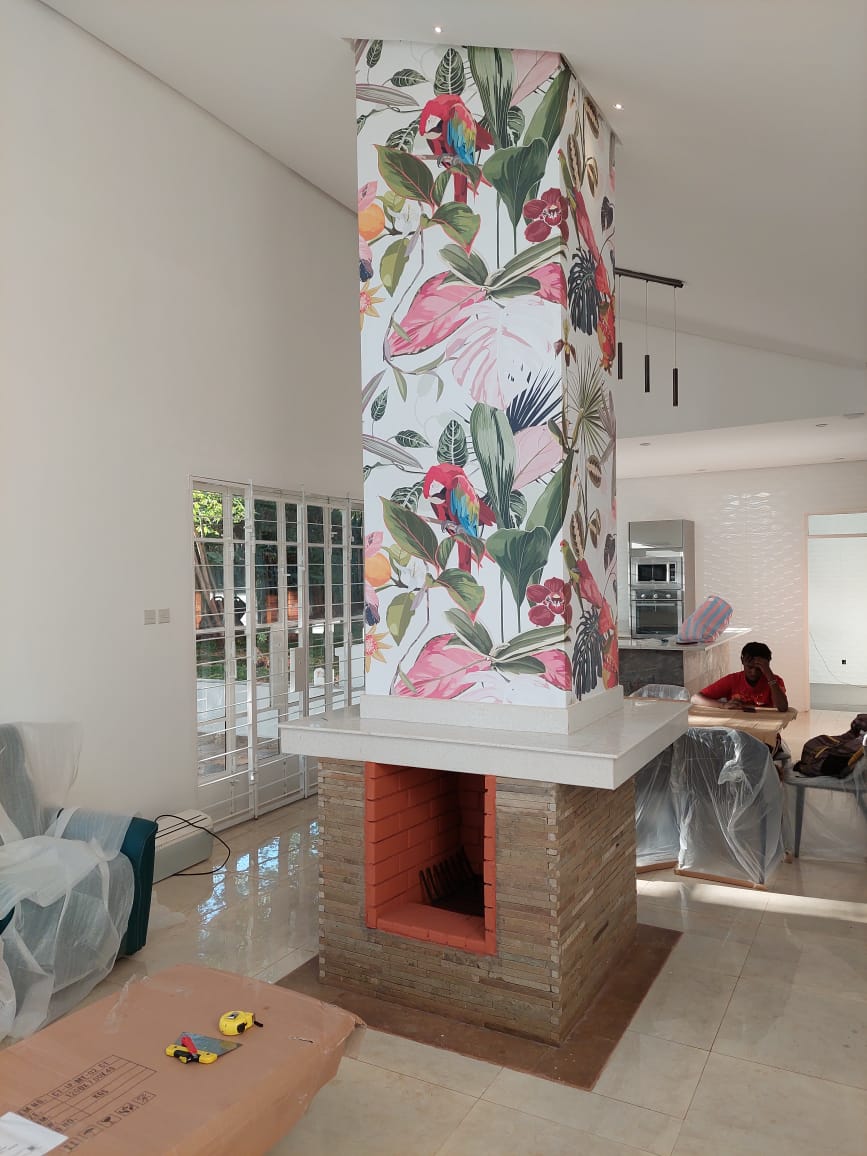
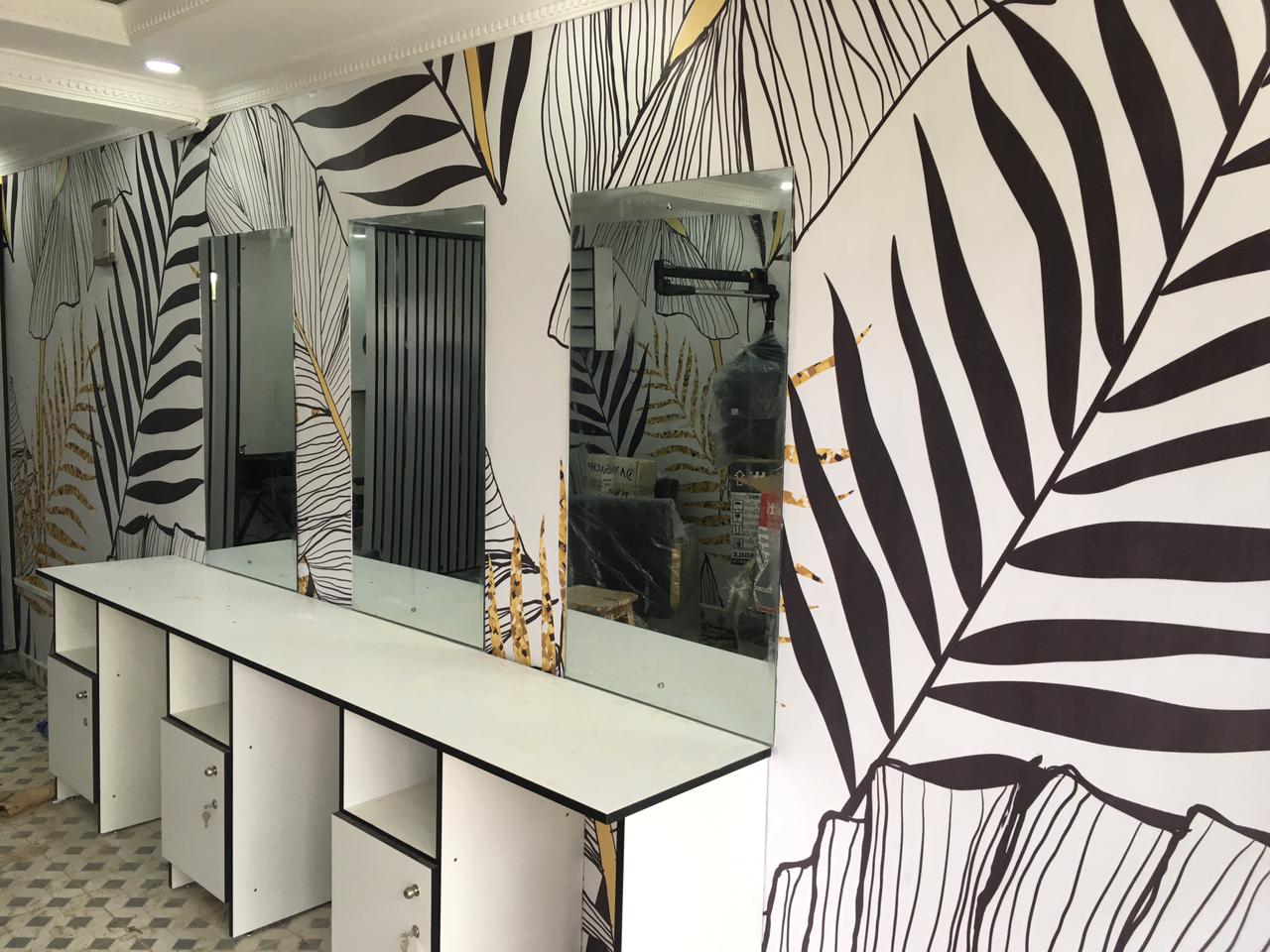
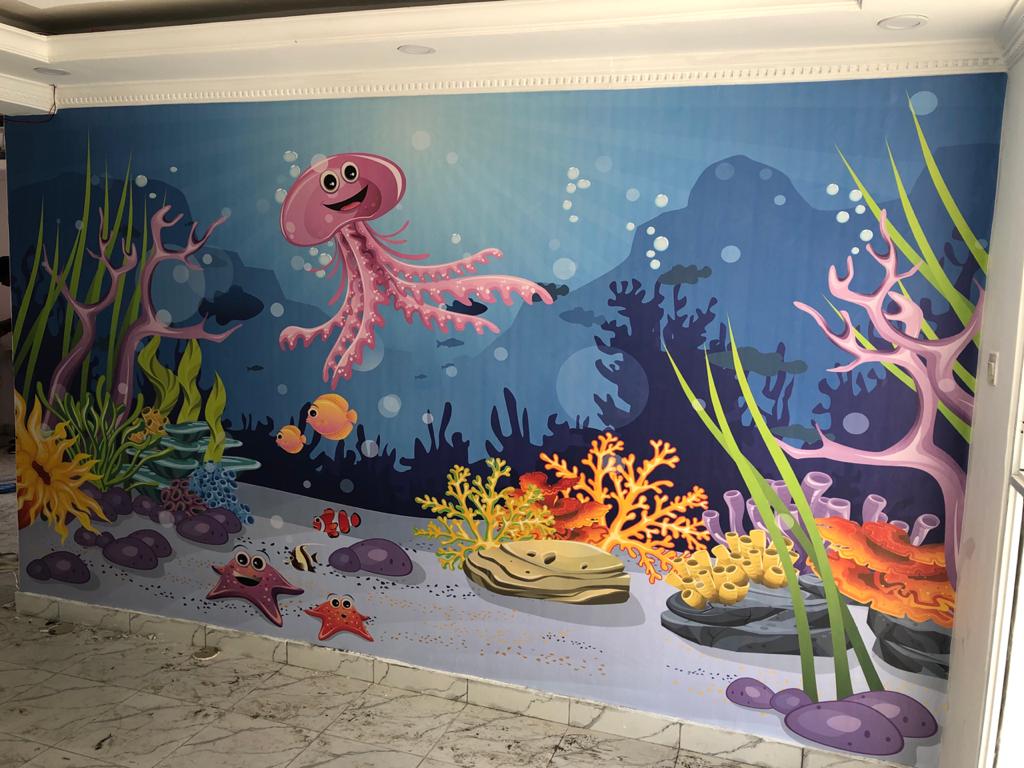
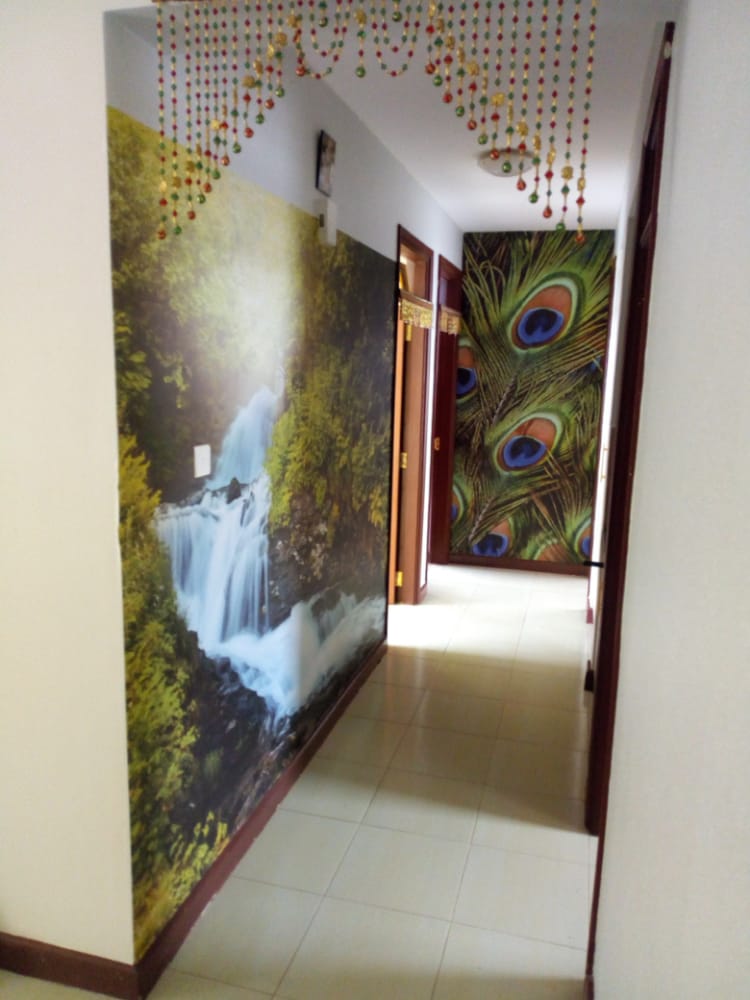
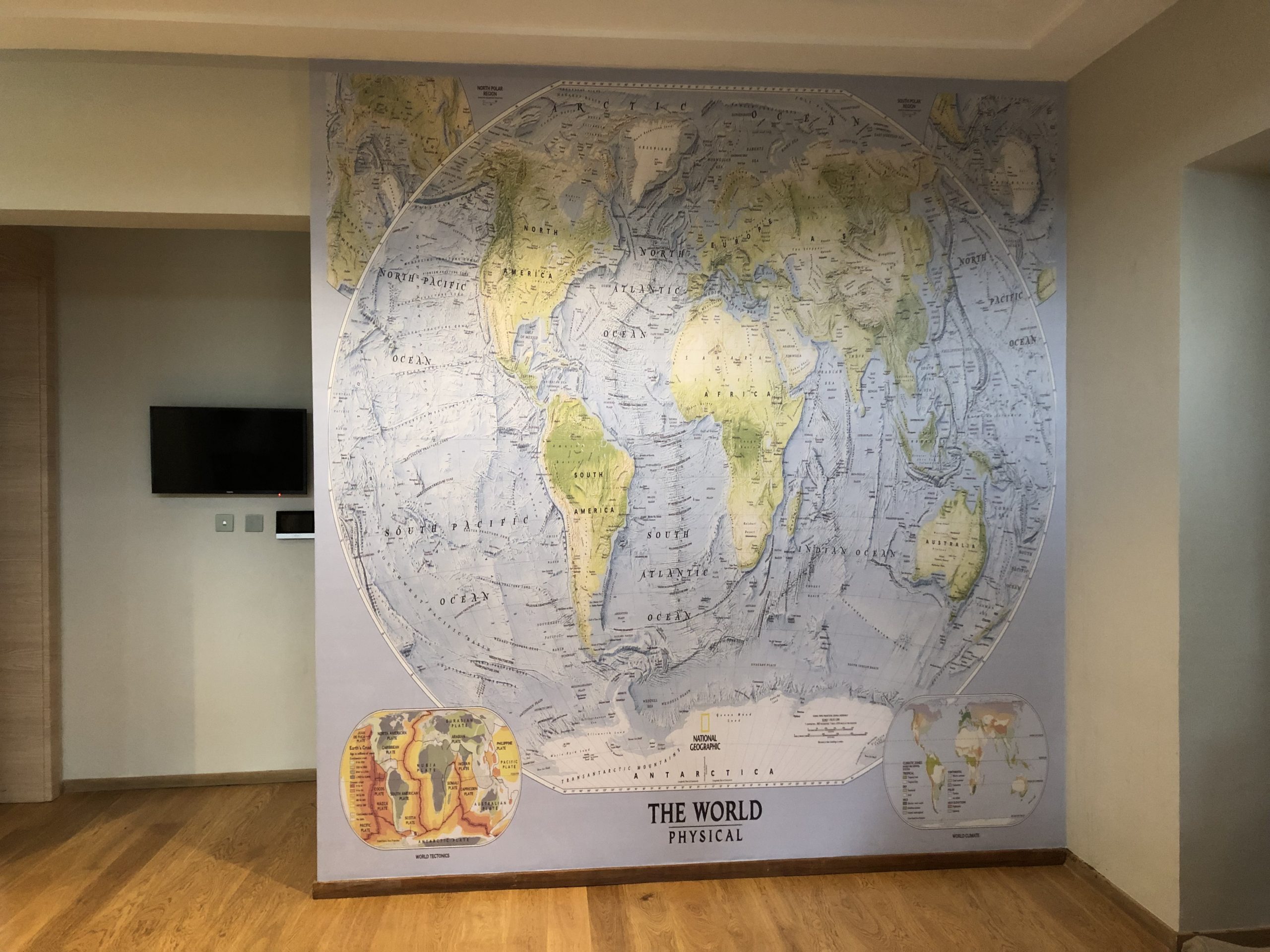
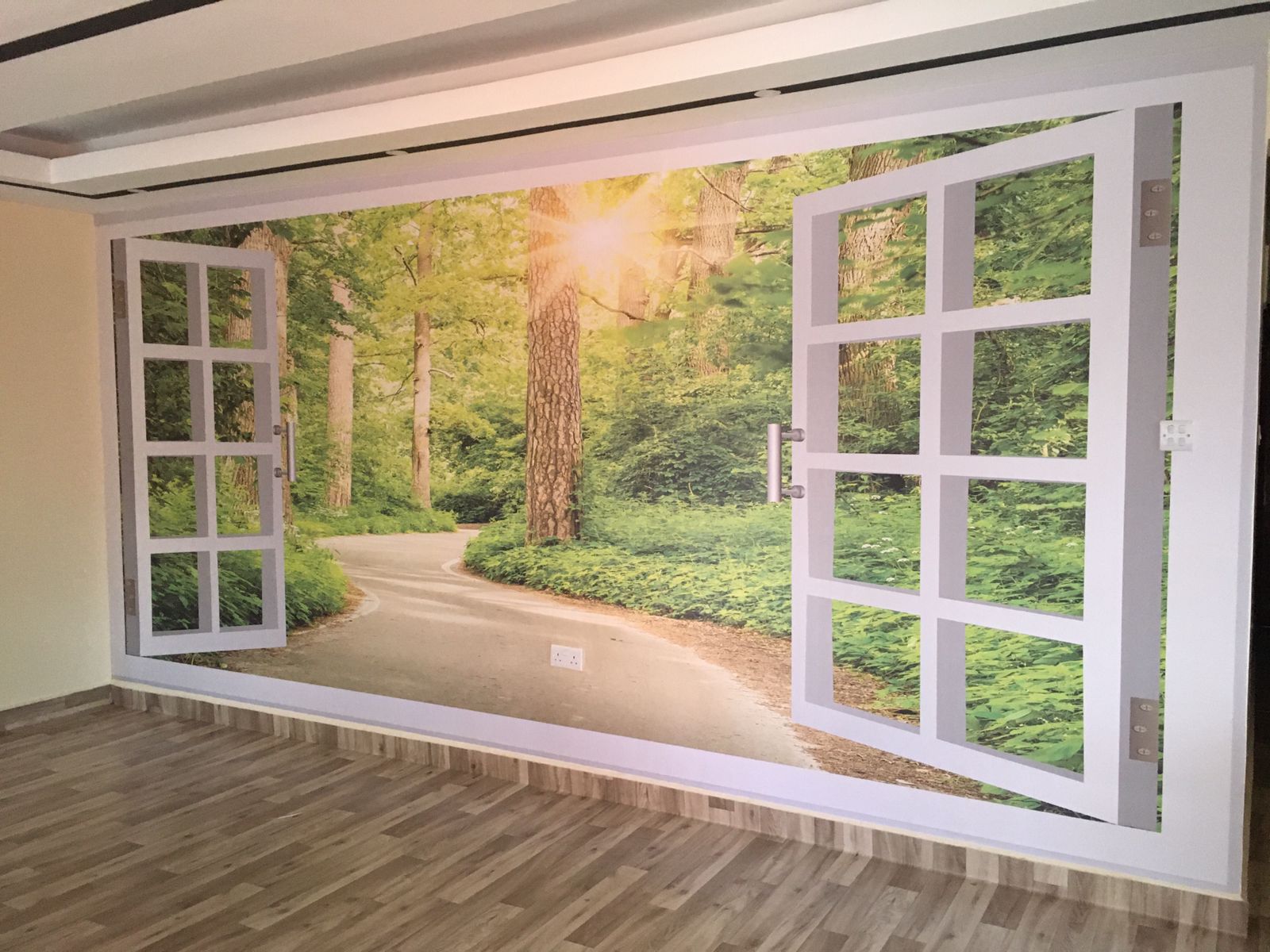
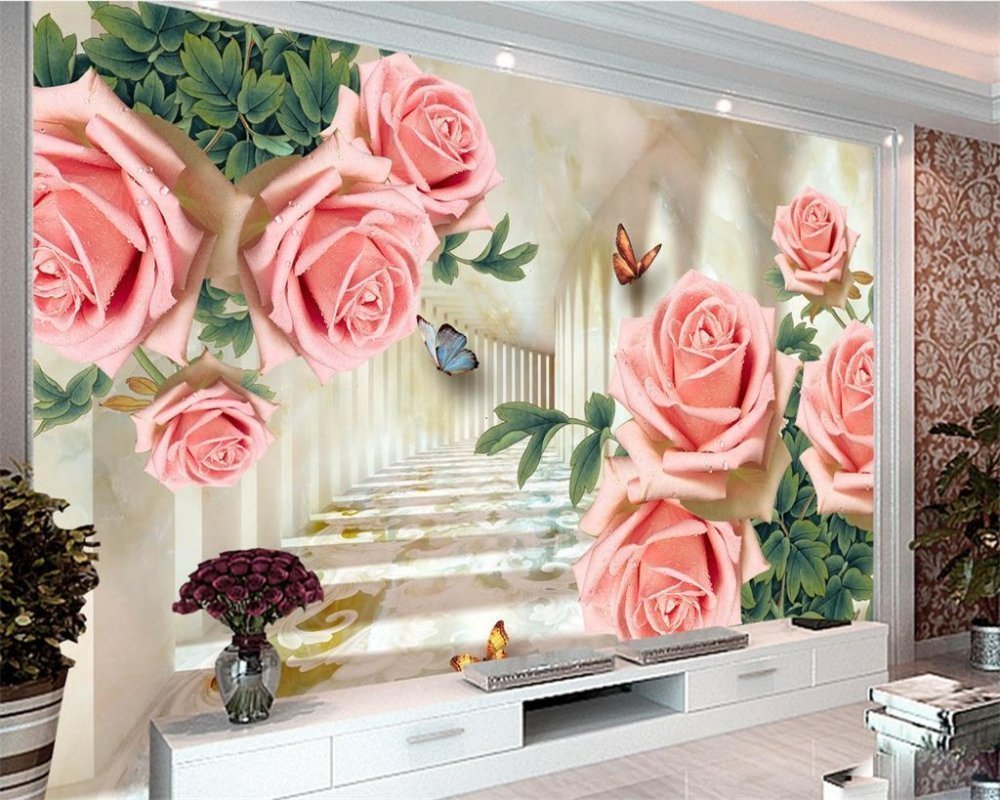
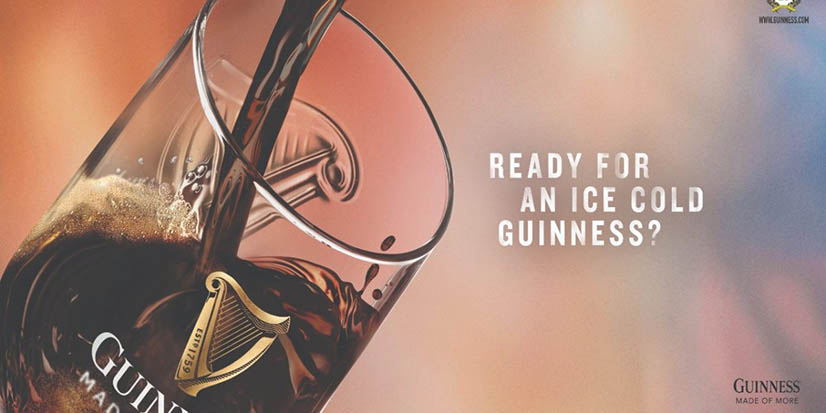
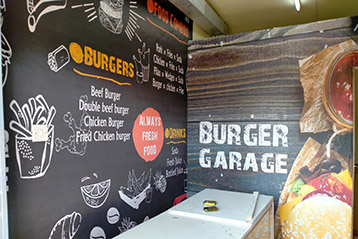
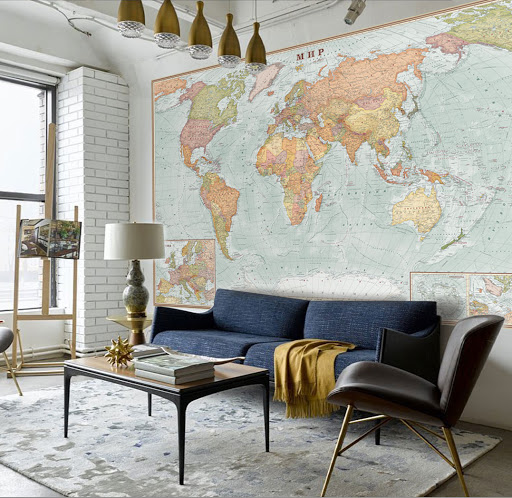
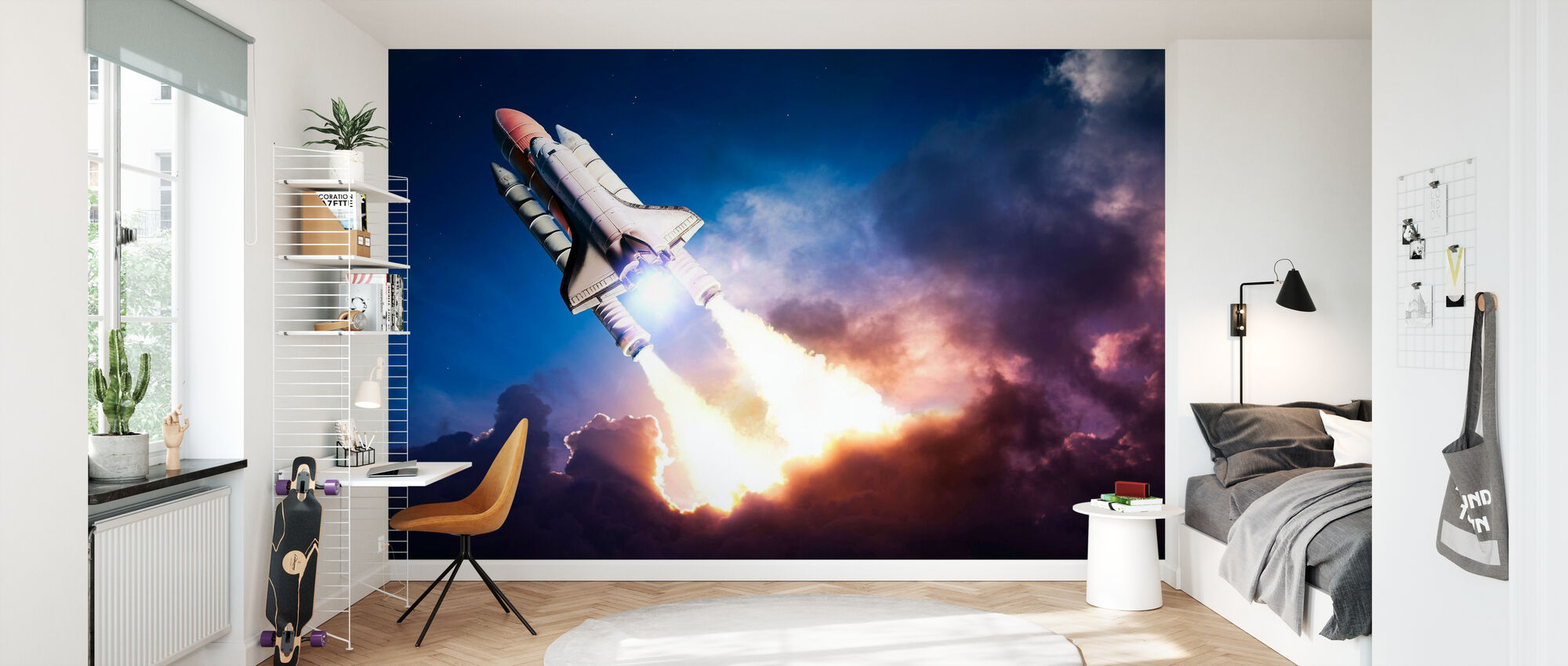

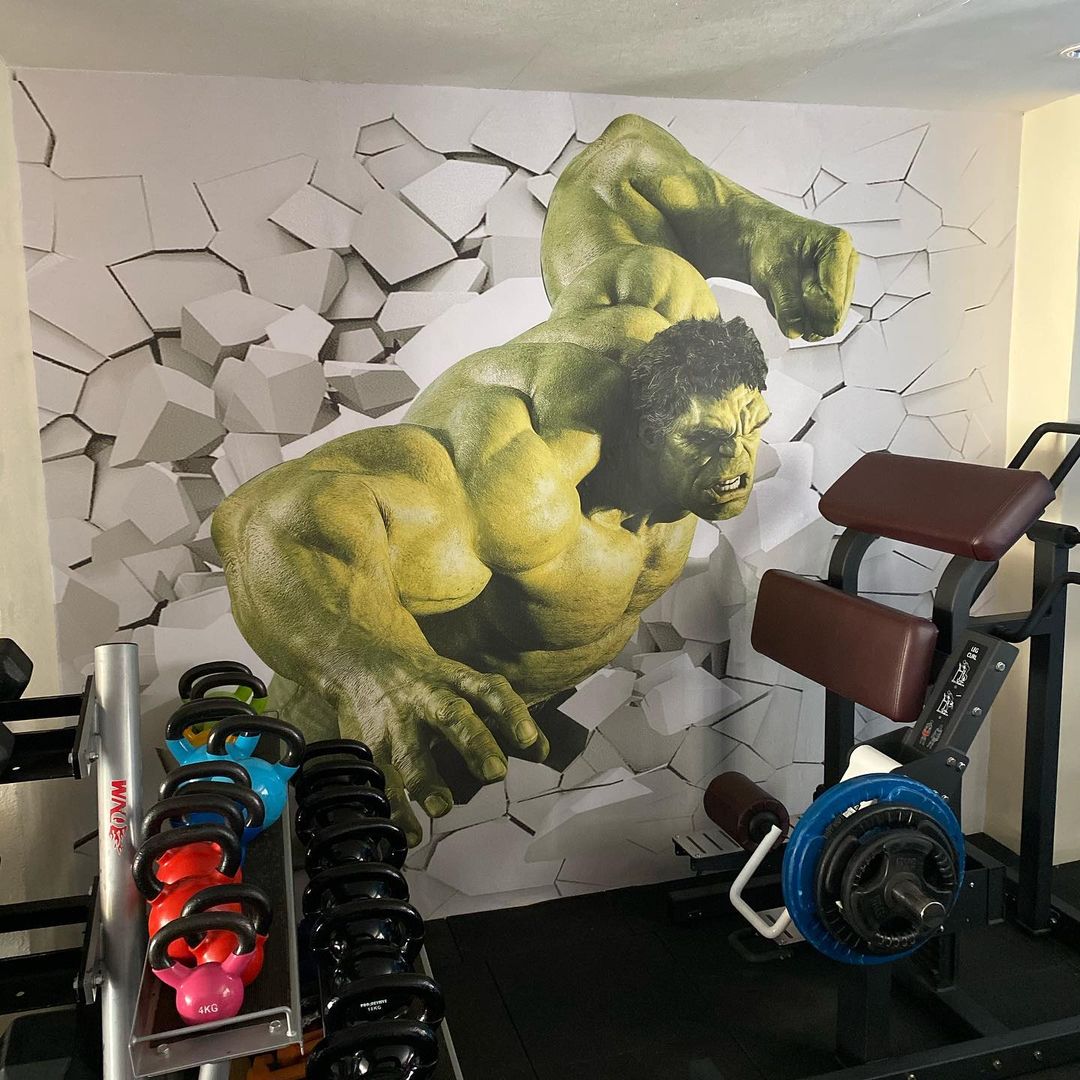
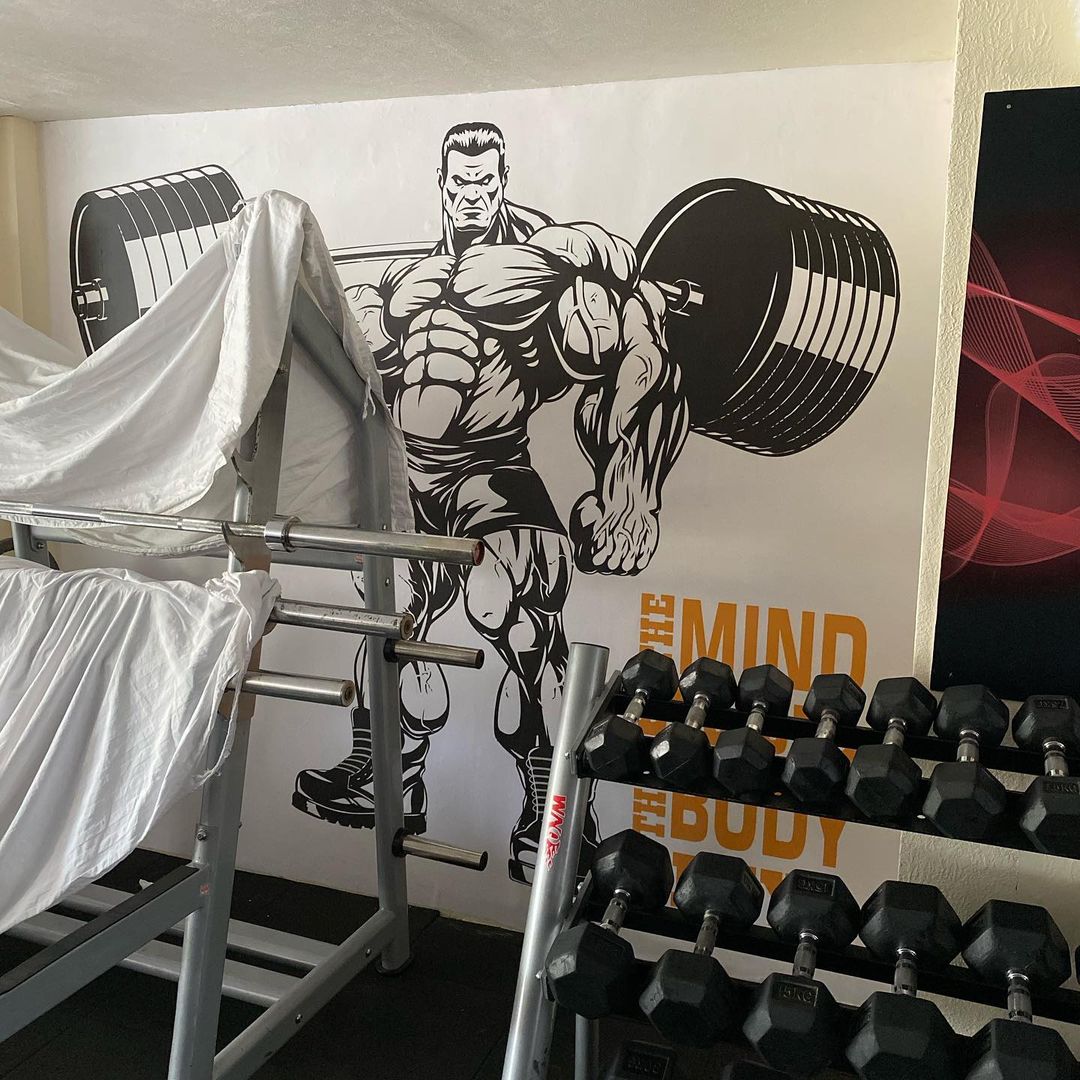
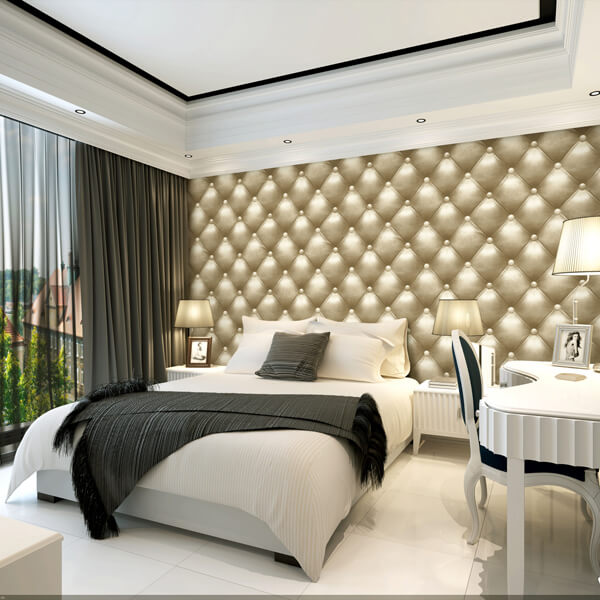
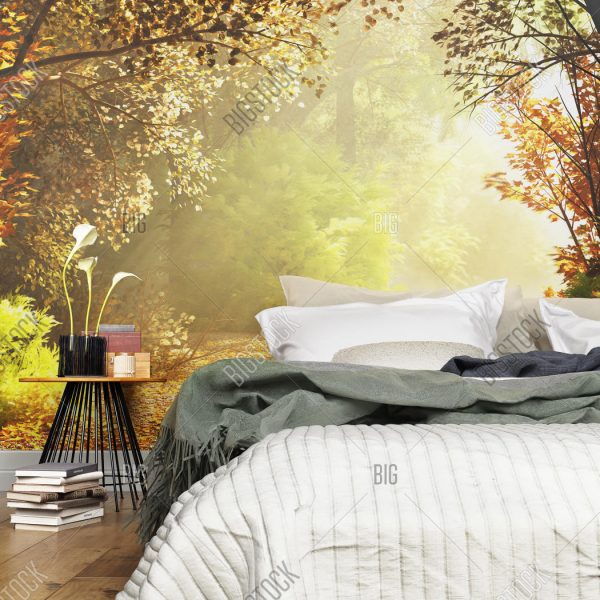
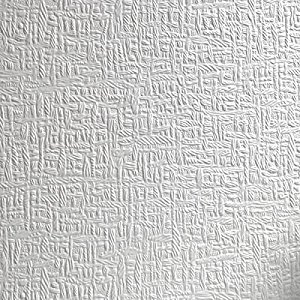
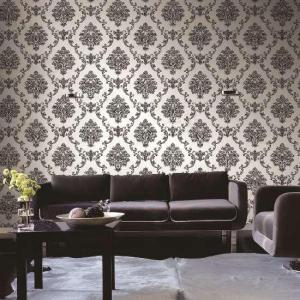
Reviews
There are no reviews yet.